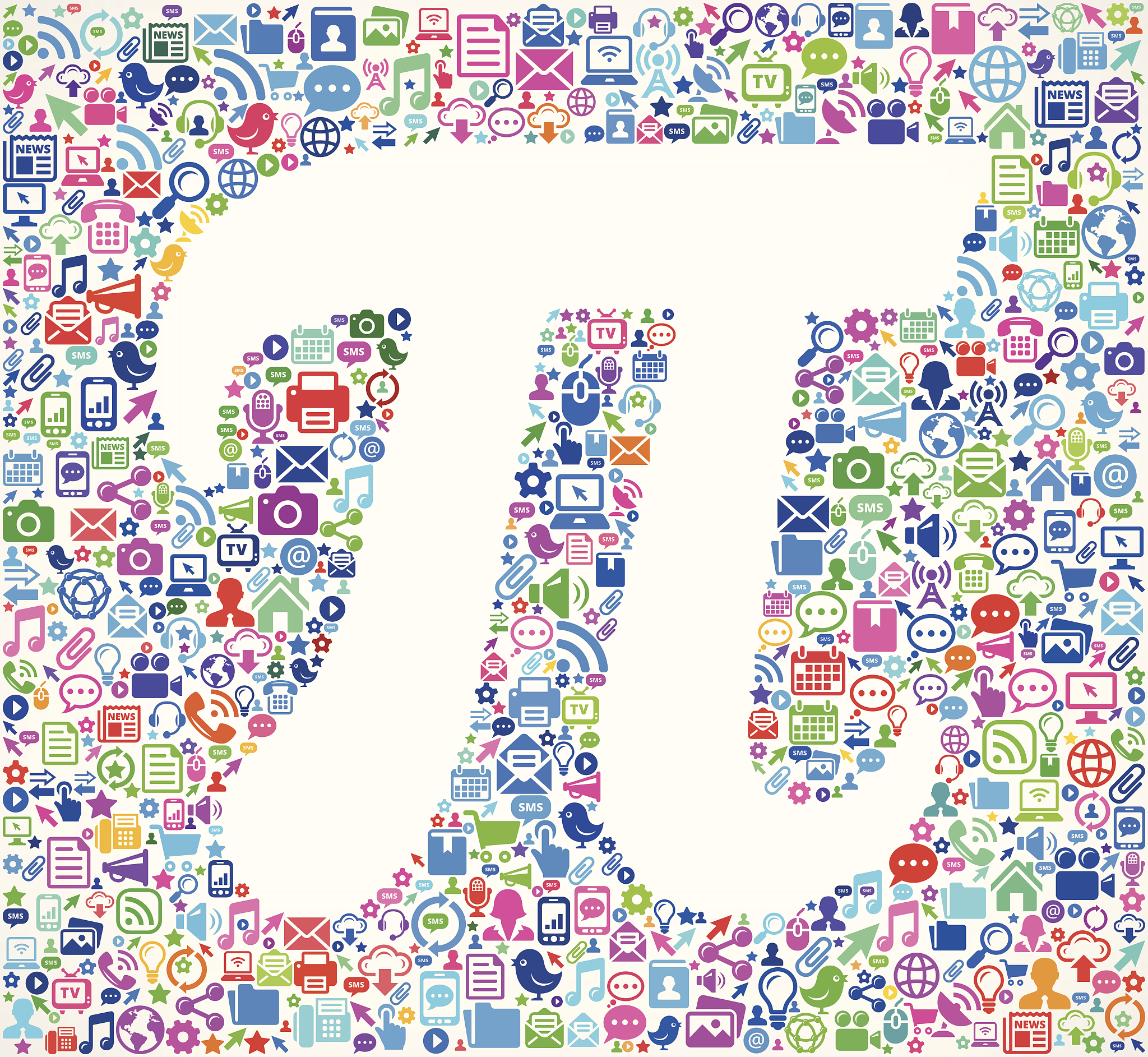The Father of Pi
Zu also managed to put forward the formula for computation of the volume of a sphere as πD3/6 where D is diameter.

A picture of Pi. (PHOTO: VCG)
There is an asteroid in the vast night sky and a crater on the dark side of the moon, both of which are named after an ancient Chinese scientist. His name was Zu Chongzhi (429-500), an outstanding mathematician, astronomer and inventor in the era of the Northern and Southern Dynasties in China.
Born into a family that had studied astronomy and calendars for generations, Zu had a keen interest in mathematics and astronomy from childhood.
As a young man Zu collected and read a large number of mathematical documents of his predecessors and studied them thoroughly and systematically, insisting on doing personal examination and verification of each calculation step. He was not bound by the achievements of his predecessors, but corrected their mistakes and added his own notes and findings to their work, which made him a great promoter of ancient mathematics in China in the following three aspects.
The calculation of pi
More than a millennia and a half ago, Zu brought to the world many of its first inventions and discoveries. His lasting legacy, however, would be a feat that was not to be surpassed for 800 years; the calculation of pi to seven decimal places, somewhere between 3.1415926 and 3.1415927. It was the most advanced achievement worldwide at that time. Pi is the ratio of the circumference of any circle to the diameter of that circle.
The calculation of the volume of a sphere
Zu also managed to put forward the formula for computation of the volume of a sphere as πD3/6 where D is diameter. It was not until eleven hundred years later that the Italian mathematician Bonaventura Cavalieri proposed an axiom of similar significance.
Zhui Shu
Zhui Shu (Methods for Interpolation) by Zu and his son, Zu Gengzhi, which contains formulae for the volume of a sphere and cubic equations, was adopted as the textbook for mathematics in the Tang Dynasty (618-907), but unfortunately this valuable text has been lost.
These achievements of Zu Chongzhi in mathematics made it possible for the Chinese not only to catch up with the Greek, but also to even be a thousand years ahead of them in some aspects of mathematics during this period.
Editor:毕炜梓